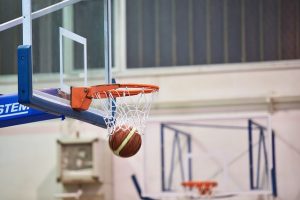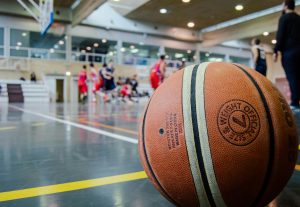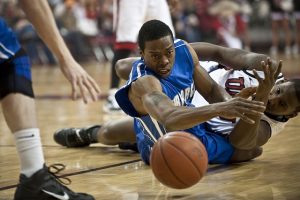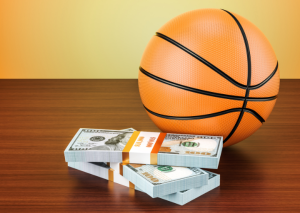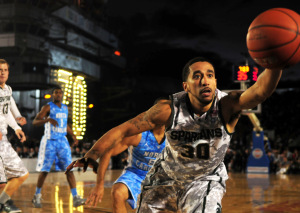College Basketball Injuries and Affect on Betting
College basketball, a thrilling spectacle of athleticism and strategy, often carries unforeseen consequences in the form of player injuries. These injuries, ranging from minor sprains to season-ending fractures, not onlyRead More


